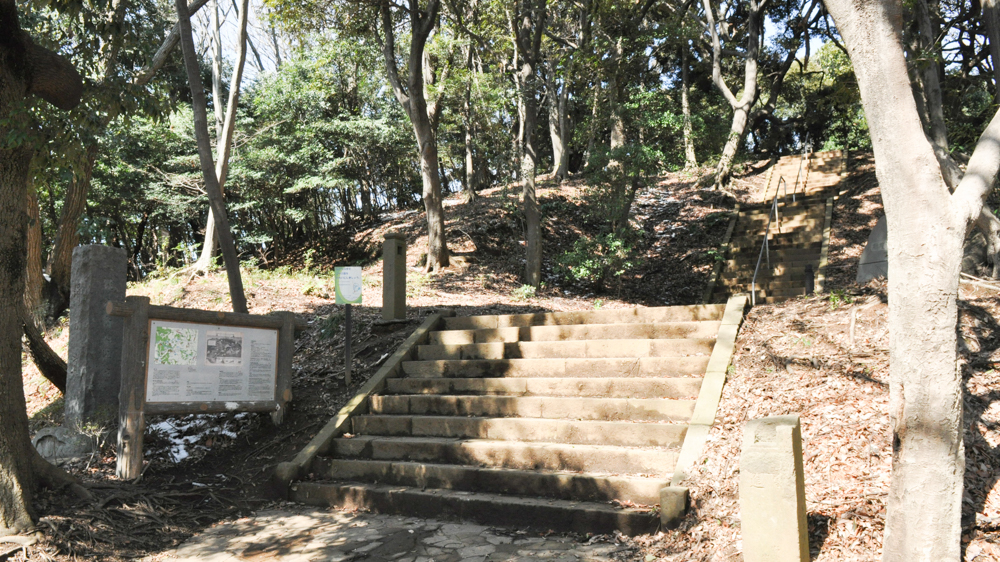八王子の歴史は古く、現在の八王子市域に人が住み始めたのは有史(文字が成立し、文献資料によって歴史事象を検証することが可能な時代)以前となっています。
八王子市内には国の史跡になっている「椚田遺跡」、「船田遺跡」「北野遺跡」など歴史を知る事のできる遺跡が多数存在します。
戦国時代には甲斐の国(現在の山梨県)の名武将・武田信玄の六女・松姫が武田家滅亡後に八王子に移り住み、台町にある「信松院」で生涯を閉じました。
またこの頃、北条氏が多摩地域から武蔵全域に勢力を伸ばし、北条氏康の次男氏照は山城・八王子城を構えました。
この八王子城は現在も八王子城跡として八王子の歴史観光スポットとなっています。
八王子城の鎮守とした牛頭天王の8人の王子神が祀られていた八王子神社が、現在の八王子市の名前の由来とされています。
北条家が豊臣家に敗戦したのち、この地域は徳川家康のものとなり、大久保長安により甲州街道を整備され、八王子城下(現在の元八王子町周辺)より甲州街道沿いに八王子町を設けて住民を移動させ、その後甲州街道に沿って何町にも連なる大きな宿場町が完成し、「八王子十五宿」と呼ばれるようになりました。
また、徳川は普段は百姓として田畑を耕している住民を、警備など特別な軍事目的の際に下級の武士として軍役の課された八王子千人同心を作りました。
この頃、八王子宿の周辺では絹の原料となる蚕やその飼料となる桑の生産が盛んとなり、近代まで生糸貿易の中継地として栄え、絹の集積地八王子から横浜港に運ぶ為に使用された道は、現在も絹の道と呼ばれてます。
1889年には東京との間を結ぶ甲武鉄道(現在のJR中央線)が開通し、1917年には当時の東京府では東京市に次ぐ2番目に市政を施行され、2017年には大きな節目となる市政100周年の迎えます。
1926年に大正天皇の陵墓を横山村に選定され、多摩御陵と名付けられ、近隣の甲州街道には銀杏並木が整備されました。
提供:八王子市郷土資料館
八王子市は戦後には戦災都市の指定を受け、周辺町村の編入が進み、1964年に現在の市域がほぼ定まり、同年に行われた東京オリンピックでは陵南公園が自転車競技の会場ともなりました。
その後、北八王子工業団地を中心に精密機械や電子機器の工場が誘致され、工業地域としても栄えております。
近年では郊外の多摩センターや南大沢地域の開発も進みベッドタウンとしても有名になっています。







